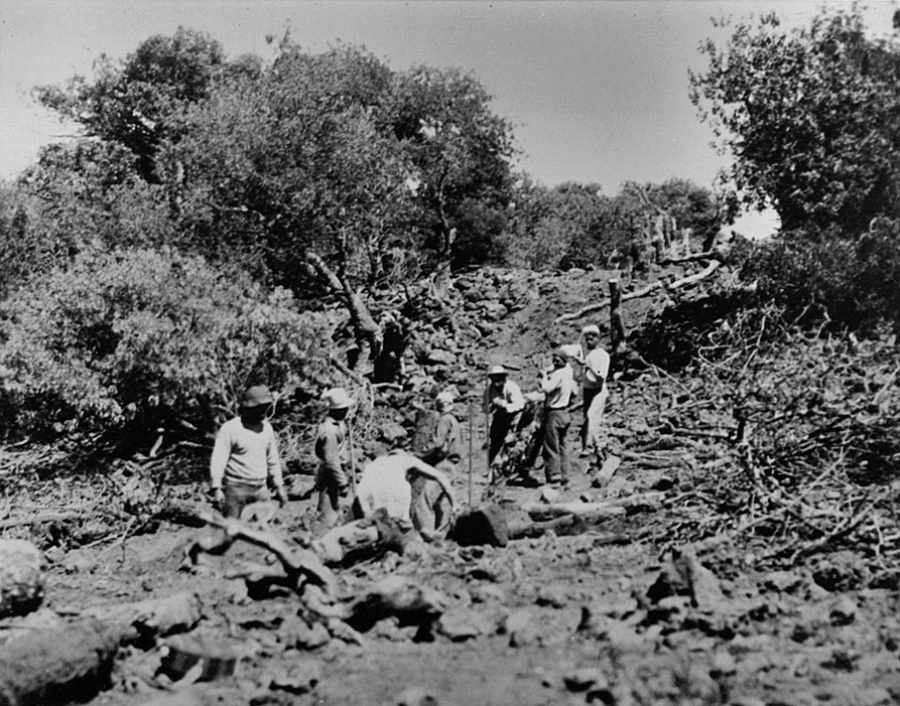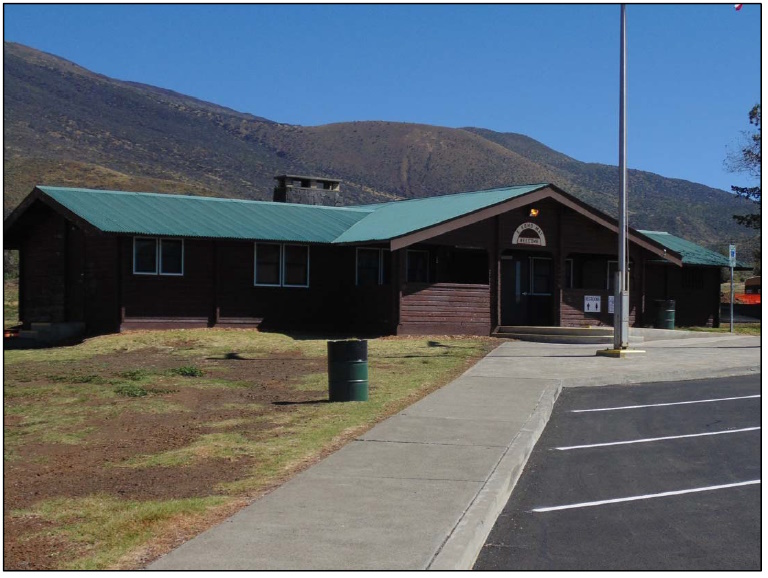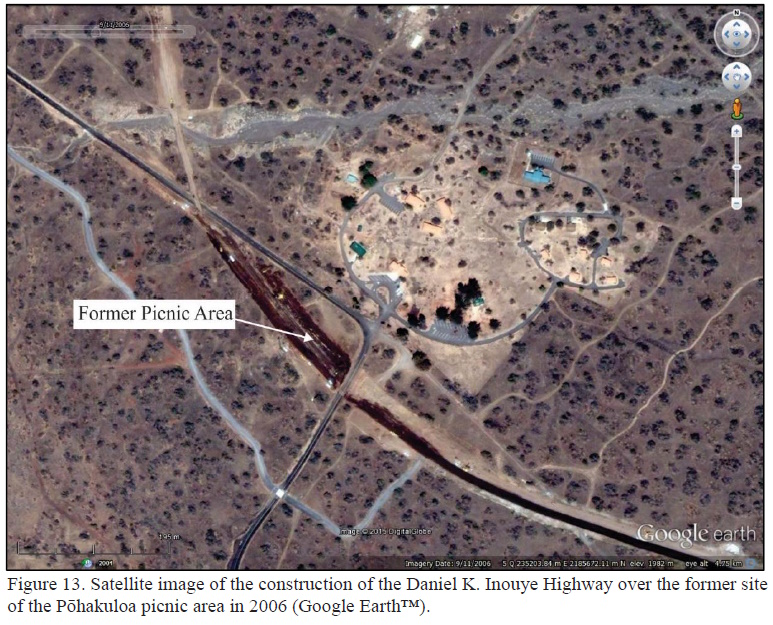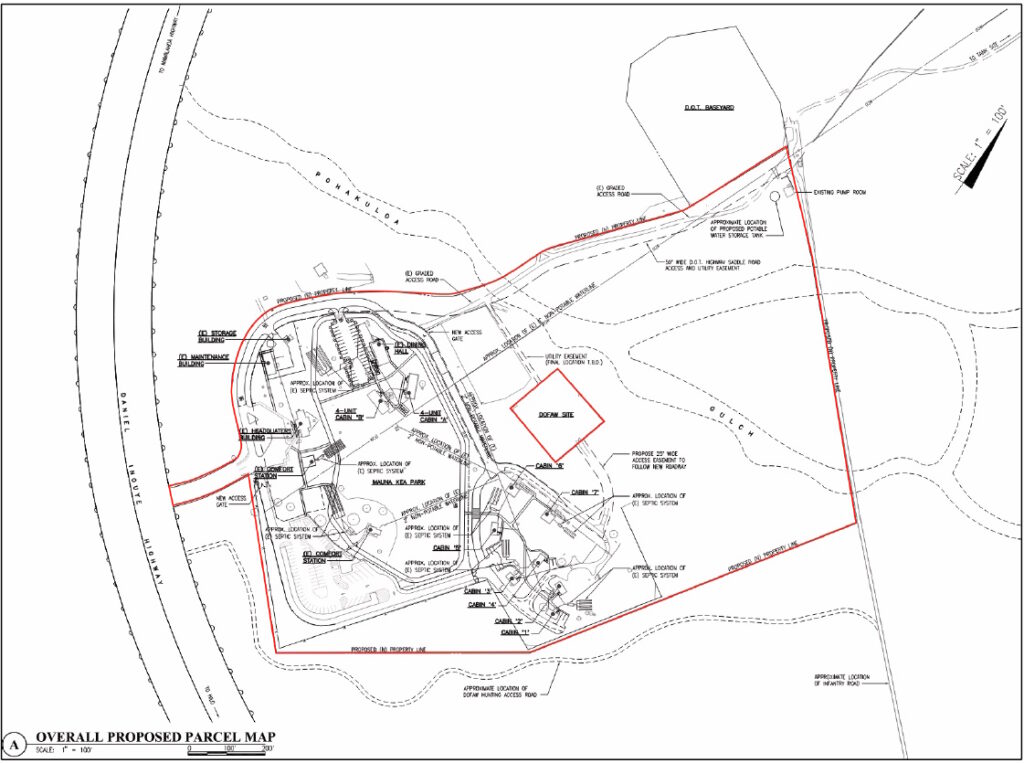During the 1920s, the Waikīkī landscape would be transformed when the construction of the Ala Wai Drainage Canal, begun in 1921 and completed in 1928, resulted in the draining and filling in of the remaining ponds and irrigated fields of Waikīkī.
“Over the decades, all sorts of pollution – pesticides, heavy metals, sediments and even raw sewage – has flowed into the canal. As Honolulu’s upstream population mushroomed, contamination in the canal has steadily increased …”
“… and over the years levels of pollution have tested well above limits considered safe. One local man died from bacterial infections he picked up after falling in the water.” (Civil Beat)
One role DLNR plays is dealing with the trash that floats down the respective drainage ditches up mauka that make their way into the Ala Wai.
Ala Wai small boat harbor is particularly prone to collecting trash that heavy rains, such as has been experienced this summer, wash down from watershed areas of Manoa, Makiki and Palolo streams.
Trash then flows down the Ala Wai canal, where a portion is captured in a debris trap, or amid the harbor front row piers and boats that is visible to the public.
“The trap utilizes a floating boom on the makai side of the bridge span next to Ala Wai Marine boatyard that captures tons of refuse after every rainstorm. But, like any trap, once it’s filled it must be emptied before it can function again.” (Pendleton)
DLNR Division of Boating and Ocean Recreation (DOBOR) is responsible for removing this mess from the traps. (DLNR) The trap is normally cleaned three to four times a year. The expense is paid through the Boating Special Fund (paid by boaters), not from General Funds from tax revenues.
That responsibility became more profound when, in 2006, “the city dumped 48 million gallons of untreated sewage into the canal – which flowed out into the ocean and polluted Waikiki beaches – in order to keep the waste from backing up into hotels, homes and businesses.” (Civil Beat)
“This spill is such a large magnitude. We have never seen this before,” said state Health Department spokesman Kurt Tsue. “It’s pretty bad.”
“More than 100 warning signs to stay out of the water were posted along a 1 ½-mile stretch covering 18 beaches from Waikiki to downtown Honolulu.” (LA Times)
“Oliver Johnson, a 34-year-old mortgage broker, died April 6 from a bacterial infection after falling or being pushed into the sewage-contaminated Ala Wai Harbor on March 31.” (Star Bulletin, April 15, 2006)
DLNR had to clean up the debris trap and we viewed it as a biological hazardous waste removal/treatment and “Workers in protective gear will begin cleaning the sewage-polluted Ala Wai Boat Harbor today, under a $50,000 state contract.” (Star Bulletin, April 15, 2006)
Some may recall the ‘black noodle’ in and around the Ala Wai. “The 5,135-foot sewage pipe that juts out of the water near community gardens on the mauka bank of the canal, has been a constant reminder of that environmental disaster.” (Civil Beat)
It took the City seven years to remove the large black sewage pipe that snaked along the bottom of the Ala Wai Canal and out toward the mouth of the boat harbor, adjacent to Waikiki’s famous beaches.
In addition to the surface collection of debris, DLNR is also responsible for periodic dredging of the Ala Wai Canal. Just as debris comes downstream, accumulated silt and sediments come down and collect in the Ala Wai.
The Ala Wai Canal serves as an essential drainageway and sediment basin for the Ala Wai watershed. Over time, the build-up of sediments into the Ala Wai Canal has affected the canal’s sediment- and water-holding capacity, reducing the canal’s ability to temporarily contain and then release storm water when there are heavy storm events. (Army Corps)
At times, “some areas are only 4 to 6 feet deep at high tide and canoes ply inches-deep water at low tide” (Honolulu); dredging is targeted to get water levels closer to “12-6 feet below the mean lower low water mark”. (DLNR)
As reported in 2003, “The dredging is a state-financed, $7.4 million effort to restore a measure of health and self-respect to the Ala Wai, which began filling with sediment almost as soon as the Army Corps of Engineers dug it in 1927 to control floods and mosquitoes and to provide landfill for the swampland that was then Waikiki.”
“The canal, which collects runoff from streams and storm drains on the densely populated mountain slopes above Waikiki, has been dredged periodically, most recently in 1979.” (NY Times, March 3, 2003)
A challenge was that Hawaiian Electric has underground electrical cable crossing under the Ala Wai (first installed in 1956 replaced in 1990 with higher capacity cables). “DLNR encountered Hawaiian Electric’s cables during routine maintenance dredging of the Ala Wai Canal” and “it was determined the cables were at risk of damage from dredging”.
“As a temporary solution, sections of the active cables on the makai side of the canal were covered with twelve 20-foot by 8-foot pre-cast concrete panels. The panels provided protection and allowed the dredging operations to continue in areas upstream of the cables.” (Belt Collins)
Later, “Hawaiian Electric relocated underground sub-transmission line cables that connect to HECO’s Waikiki Substation located on Kai‘olu Street.” This also shifted the alignment of the cable to the west of the existing route. New technology allowed for horizontal directional drilling to cross under the Ala Wai Canal.
In part, HECO’s action supported the Department of Land and Natural Resources’ efforts to provide continuous maintenance dredging of the Ala Wai Canal. The replacement cables also help maintain the reliability of the electrical distribution system. (Belt Collins)
DLNR Chief Engineer Carty Chang said, “The long-term benefits of this project include maintaining the ability of the canal to efficiently convey storm water flows to the ocean to reduce the risk of flooding, and to improve the aesthetics and safe use of the canal for recreational users.”















































